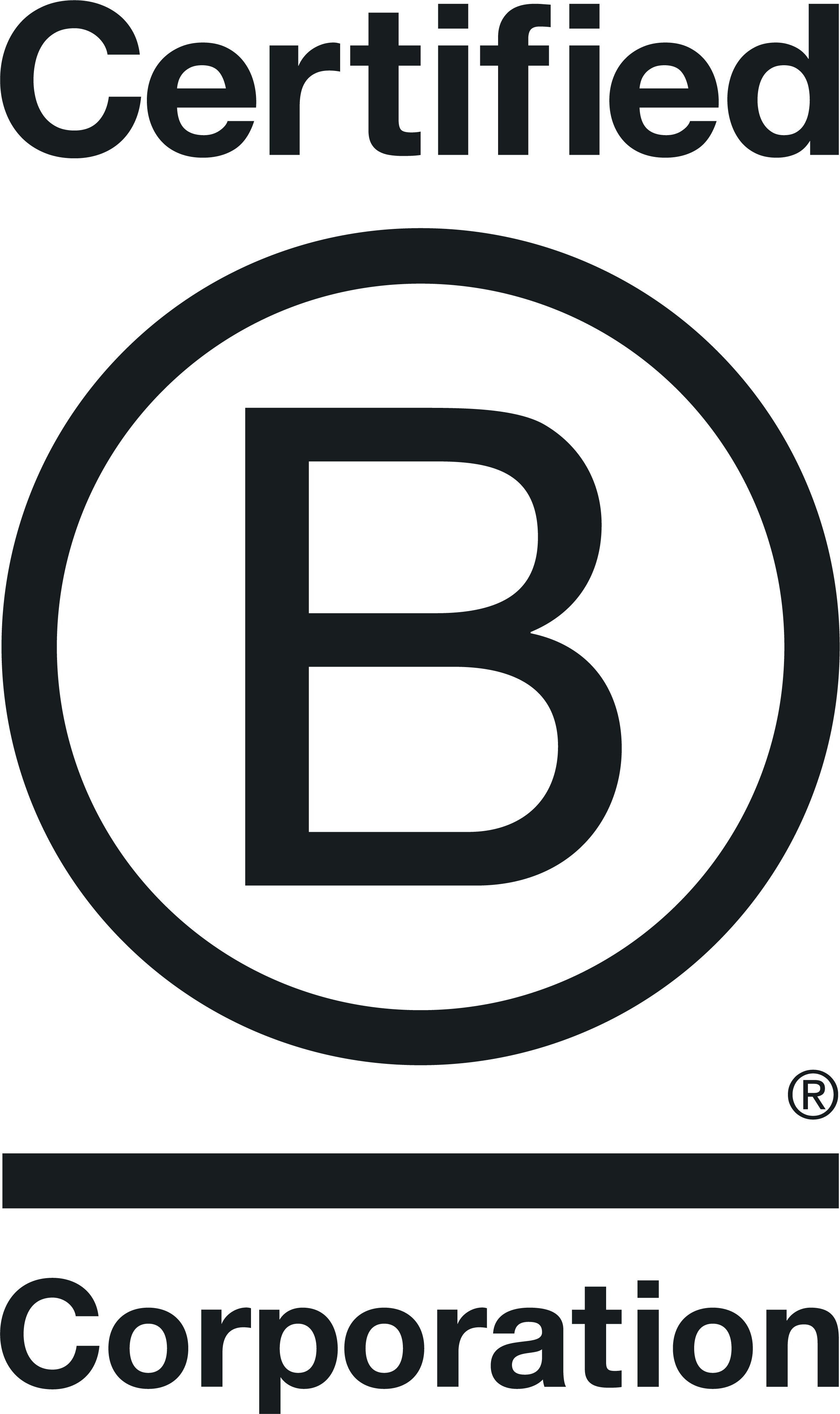Cancer Research Horizons
C-Further


Creating a global consortium to tackle children's cancer
The challenge
Despite its rarity, cancer is still the biggest killer by disease of children and young people aged 0-19. Yet in the past 35 years, only 3 new FDA-approved drugs have been developed specifically to treat childhood cancer. Children diagnosed with cancer will typically have to endure treatments designed for adults, such as chemotherapy and radiotherapy – which, even if treatment is successful, can have long-lasting effects on health in later life. The fact is, children's cancers are different to adult cancers and as such demand dedicated research and drug discovery. And yet, new treatments are not finding their way through to market and to those who need them most.



The reasons for this are many and complex. Though perhaps the most significant barrier to breakthrough is that traditional investment models don't support the development of new treatments for children's cancer in the same way they do adult cancer treatments. The comparative rarity of children's cancer makes drug development a higher risk for the pharmaceuticals industry and therefore less of an incentive, leaving government, charities and philanthropists to make these investments.

Responding to this unmet need, Cancer Research Horizons (the drug discovery and development arm of Cancer Research UK) and translational medicine charity LifeArc combined forces and set up an international consortium of researchers, clinicians, drug developers and investors with a shared commitment to developing new therapeutics for children and young people's cancers. Bringing together expertise from around the world, the new consortium has a mission to create a research environment that allows them to challenge conventional approaches to drug development and accelerate promising new ideas from the lab to the bedside.


Our brief and approach
With LifeArc already a client of ours, the consortium invited us to help them articulate the strategy behind the new alliance, to develop a name for it, along with messaging and a visual identity. We started with a deep dive into the complexities of drug discovery and development, interviewing experts throughout the chain to get their understanding of the particular challenges facing treatments for children's cancers, and their expectations of what the new alliance could hope to achieve.


On this foundation we were able to develop a positioning for the consortium as collaborators, challengers and visionaries, a gathering together of individuals and organisations ready to challenge conventional approaches; a group with the vision to see beyond the barriers to a better future for children and young people living with cancer. After exploring a number of options, we guided the team towards the name C-Further, as a concise expression of the consortium's ambition.



With the name agreed, we went to work on creating a visual identity system that suggested progress and ambition, while allowing for movement in a digital space. At the same time, we developed a simple messaging framework that would allow the consortium to explain its purpose and engage with key audiences – the research community in the first instance, followed by investors, pharmaceutical companies, policymakers and patient groups.



